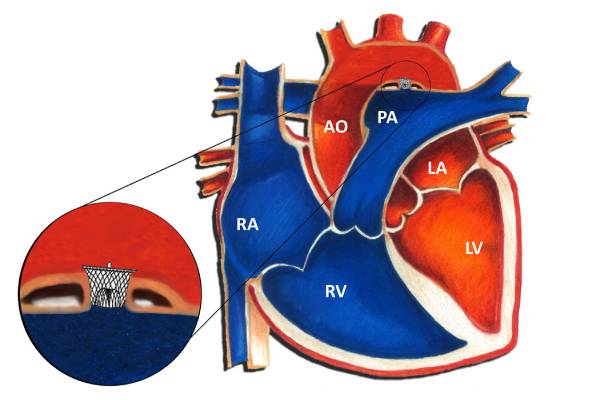Patent ductus arteriosus (PDA) is a persistent opening between the two major blood vessels leading from the heart. The opening, called the ductus arteriosus, is a normal part of a baby’s circulatory system before birth that usually closes shortly after birth. If it remains open, however, it’s called a patent ductus arteriosus.
A small patent ductus arteriosus often doesn’t cause problems and might never need treatment. However, a large patent ductus arteriosus left untreated can allow poorly oxygenated blood to flow in the wrong direction, weakening the heart muscle and causing heart failure and other complications.
Treatment options for a patent ductus arteriosus include monitoring, medications, and closure by cardiac catheterization or surgery.

What are the Symptoms of PDA Closure?
Patent ductus arteriosus symptoms vary with the size of the defect and whether the baby is full term or premature. A small PDA might cause no signs or symptoms and go undetected for some time — even until adulthood. A large PDA can cause signs of heart failure soon after birth.
What are causes of PDA device closure?
Diagnosis
PDA can cause a heart murmur that the doctor can hear through a stethoscope. If the doctor suspects a heart defect, he or she might request one or more of the following tests:
What are the risks?
Generally, heart catheterization is a fairly low-risk procedure, but it is not risk-free. The doctor will explain the risks of heart catheterization to you in more detail before you give your consent for the procedure. The most common risks with PDA closure are as follows:

 WhatsApp us
WhatsApp us